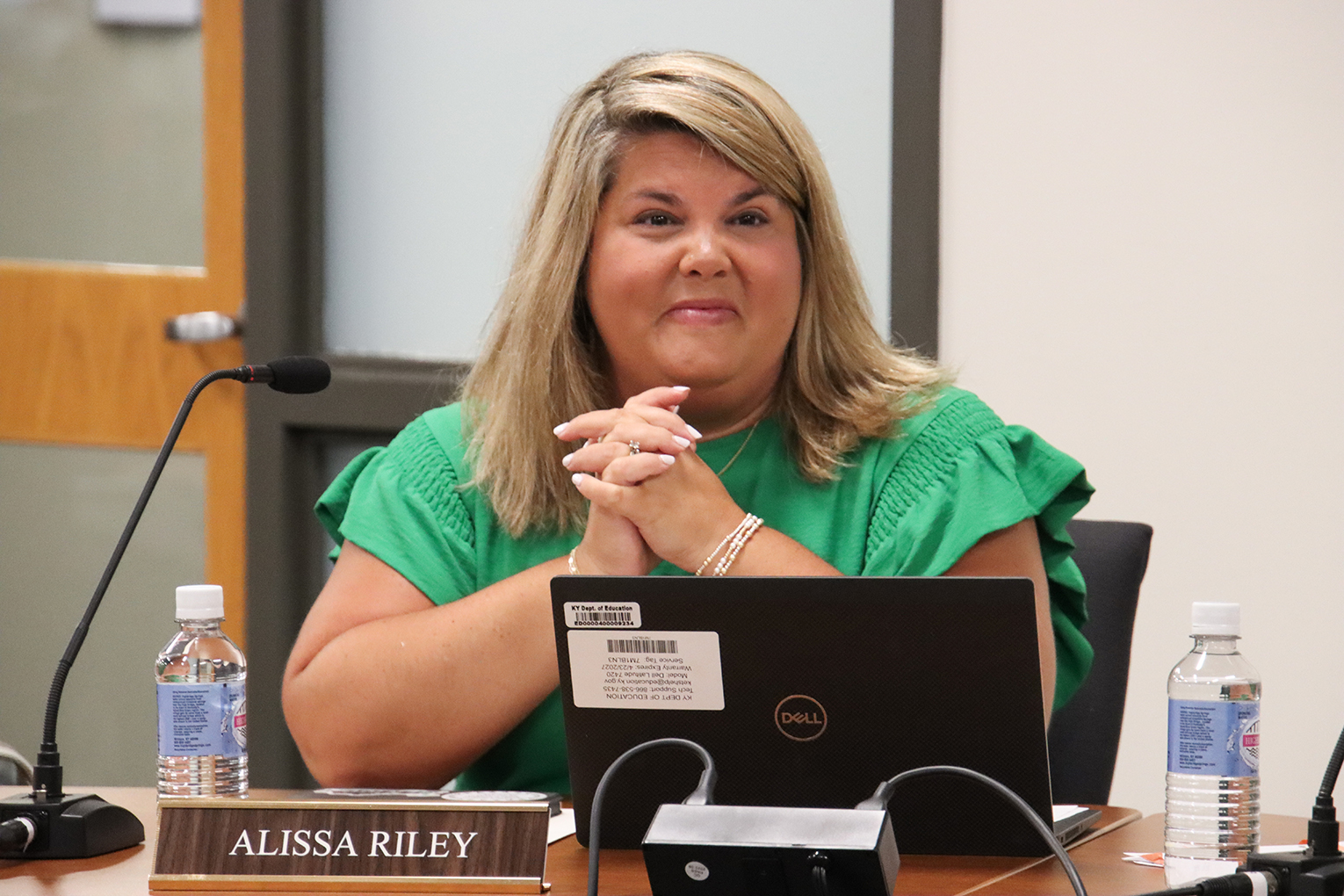
Joseph Harris
By Joseph Harris
joseph.harris@education.ky.gov
Every year of my high school teaching career, I have been assigned to at least one class that was intended to be conducted in a co-teaching setting. I have co-taught with special education teachers, literacy interventionists, curriculum coaches, Extended School Service Daytime Waiver tutors and have even served as the special education teacher in the partnership. Some of these settings proved successful, while others did not.
What I’ve learned from each of these relationships and roles is that in order for a co-teaching assignment to benefit students, teachers must form a partnership that allows for risk taking. We must be willing to try new things, open our classroom doors and work together to reach every kid we teach.
According to the National Education Association, there are six steps to successful co-teaching partnerships:
- Establishing rapport is the first step. In my most successful co-teaching partnership, we established rapport by recognizing that we each have expertise to bring to the classroom, but also by understanding that our students need to understand that we both are the “real” teachers in that classroom. We spent the first days of school creating classroom norms and expectations with our students using the Jim Shipley & Associates Classroom Systems methods.
- The next step is to identify your teaching styles and use them to create a cohesive classroom. There are some things my co-teachers are better at than I am and vice versa. One example that comes to mind is when I co-taught a mini-unit this year with a curriculum resource teacher. She was an elementary teacher for several years and knew how to help students move around in the classroom as much as possible, introducing me to whole brain teaching. I was able to show her how to approach close reading in a different way than she originally had approached it, which she then took back to other teachers.
- Another important step is to discuss our content-related strengths and weaknesses. I didn’t realize this was so important until a few years into my teaching career when I was co-teaching with a veteran special education teacher. We didn’t mesh well at first. Finally, we were planning a lesson together and she said, “Joseph, you are really strong with close reading and I am pretty strong at teaching the grammar. How about I lead the language portion and you support, and you lead the close reading portion while I support you?” After that, we clicked and we had a much more successful partnership.
- One step co-teachers must keep in mind is to discuss individualized education plans (IEPs) and regular education goals. It’s important to understand the needs of every child in the classroom. When planning lessons together, determine how you will differentiate to meet the goals in the IEP. As far as regular education goals, my most successful co-teaching classes have been ones where our entire class has used pre-assessment data to set a class goal and individual goals for the year. Students used data notebooks and tracked their progress throughout the year, making all of us equally responsible for understanding and supporting their learning. This deepened the relationship and offered a partnership that yielded results – unlike when, as the special education teacher, I was expected to keep track of all of the data myself and only for a few kids in the classroom.
- Finally, take risks and grow. In my most successful co-teaching partnerships, both of us took risks. Sometimes that meant trying something new in the classroom, such as implementing the Literacy Design Collaborative or the Kentucky Cognitive Literacy Model, flexible grouping or other strategies and activities. Other times it meant providing sometimes difficult feedback to each other about our pedagogical practices. No matter how difficult, each risk we took spurred growth in both of us and our students.
What all of this means is that for a co-teaching experience to succeed, it must take the word “co” for its literal meaning. Together, teachers must formulate a plan and act as a unified team. As a regular education teacher, I often failed to include my co-teacher in my data analysis and planning time, and I most certainly didn’t open the floor for that teacher to lead lessons and share expertise with students. As a special education collaborator, I have also been the one who only cared for “his” kids and did little more than modify tests and read them to students as the “real” teacher carried on with planning for and teaching her students.
Co-teaching, when done with care, can be transformative for students and their teachers, but not all of the care must be taken in the classroom. Carving out time after school for planning is a challenge, so administrators can address this with creative scheduling. My principal took the risk of breaking apart the special education professional learning community to purposefully give co-teachers common planning time. In the past, my co-teachers and I have had to use Facebook, phone calls and lunch time to plan together.
Once co-teachers have the time to plan, they must work together to reach all of the students entrusted to them. When their partnership is built upon trust and respect, they can take risks together and push each other to grow.
Joseph Harris spends his mornings at Lawrence County High School teaching AP language and English III. He also is serving as a special education collaborator, Co-Teaching for Gap Closure (CT4GC) coach, and the English professional learning community lead. In the afternoons he works with the Kentucky Department of Education as a teacher leader on special assignment, supporting teacher leadership and teacher effectiveness. In this role, Harris created studentvoiceKY, an initiative focused on elevating student voice and choice through designing and distributing resources for Kentucky teachers. He also serves on the Writing Program Advisory Committee for KDE and was a Hope Street Group Kentucky Teacher Fellow.



Leave A Comment